Last months post showcased how to cook with tea and take your Thanksgiving Turkey to the next level by brining it with tea leaves. The recipe called for using Lapsang Souchong to add a smokiness to it, but I chose Yunnan Golden Buds (a favorite) and used those instead. I received comments asking for the recipe I served for dessert which was a Tea Infused Cranberry Curd Tart, so I thought that Decembers post would perfect for that and a great way to liven up your holiday table with something seriously easy, tasty and tea infused.
I originally found the recipe on Americas Test Kitchen and then decided to amend it. This is one of the easies desserts I’ve ever made and its delicious! Below is my version of their version. I also made mine in individual tartlet pans for each person instead of a larger one. I used the same Yunnan Golden Buds brewed tea, but Ive also made this with other types which were just as good: Assam; Kenya Black and even our Cape Cod Cranberry Orange Blend. There recipe is below and my changes are in BOLD ITALICS.
Hope you enjoy this tea-infused treat for Winter Solstice, Christmas, New Years or just because! Scroll down to find tea suggestions to pair with this along with a holiday movie that might go nicely with it as well. Snuggle up, pop on a movie, eat your tart and sip some tea!
– The Chief Leaf
. . . . . . . . . . . . . . . . . . . . .
ATK’s CRANBERRY CURD TART
By Lan Lam
Serves: 8
Time: 1½ hours, plus 4 hours resting
TIPS:
- Use 9-inch tart pan with a removable bottom for this recipe.
- It’s strongly recommend to weigh the almond flour and cornstarch for the crust.
- If preferred, you can use a stand mixer or handheld mixer to whip the cream.
- The tart crust will be firm if you serve the tart on the day that it’s made; if you prefer a more tender crust, make the tart up to two days ahead.
- ATK tips on how to pipe the whipped cream into decorative patterns, see below.
FILLING INGREDIENTS:
- 1 pound (454 grams; 4 cups) fresh or frozen cranberries
- 1 ¼ cups (8¾ ounces; 248 grams) plus 1 tablespoon sugar, divided (I reduced the sugar to 3/4c and added pure maple syrup to taste as it cooked down)
- ½ cup water (substitute brewed black tea for water)
- Pinch table salt
- 3 large egg yolks
- 2 teaspoons cornstarch
- 4 tablespoons unsalted butter, cut into 4 pieces and softened (KerryGold Butter)
- Grated orange peel (not in the original recipe but adds so much interest)
CRUST INGREDIENTS:
- 1 cup (4 ounces; 113 grams) almond flour
- ½ cup (2 ounces; 57 grams) cornstarch
- ⅓ cup (2⅓ ounces; 66 grams) sugar
- ½ teaspoon table salt
- 6 tablespoons unsalted butter, melted and cooled
- ¾ teaspoon almond extract
- 1 cup heavy cream
- ½ cup walnuts and pecans, chopped and toasted (not in the original recipe)
MAKING THE PUREE FILLING:
- Bring cranberries, orange peel, sugar, tea or water and salt to boil in medium saucepan over medium-high heat, stirring occasionally.
- Adjust heat to maintain very gentle simmer.
- Cover and cook until all cranberries have burst and started to shrivel, about 10 minutes.
- While cranberries cook, whisk egg yolks and cornstarch in bowl until smooth.
- Transfer hot cranberry mixture to food processor.
- Immediately add yolk mixture and process until smooth (small flecks of cranberry skin will be visible), about 1 minute, scraping down sides of bowl as necessary.
- Let mixture cool in processor bowl until skin forms and mixture registers 120 to 125 degrees, 45 minutes to 1 hour.
- While mixture cools, make crust.
MAKING THE CRUST:
- Adjust oven rack to middle position and heat oven to 350 degrees.
- Whisk flour, cornstarch, sugar, and salt in bowl until well combined.
- Add melted butter and almond extract and stir with wooden spoon until uniform dough forms.
- Crumble two-thirds of mixture over bottom of 9-inch tart pan with removable bottom.
- Press dough to even thickness in bottom of pan.
- Crumble remaining dough and scatter evenly around edge of pan.
- Press crumbled dough into sides of pan. Press edges to even thickness.
- Place pan on rimmed baking sheet and bake until crust is golden brown, about 20 minutes, rotating pan halfway through baking.
BACK TO THE PUREE:
- Add softened butter to cranberry puree and process until fully combined, about 30 seconds.
- Strain mixture through fine-mesh strainer set over bowl, pressing on solids with rubber spatula to extract puree.
- Transfer 2 tablespoons puree to medium bowl, then stir in cream and remaining 1 tablespoon sugar or maple syrup
- Cover and refrigerate.
- Before putting puree into crust, sprinkle toasted nuts on bottom.
- Pour/Transfer puree to crust (it’s OK if crust is still warm) and smooth into even layer.
- Let tart sit at room temperature for at least 4 hours. (Cover tart with large bowl and refrigerate after 4 hours if making ahead.)
WHIPPED CREAM DECORATING:
- I added a touch of vanilla extract and maple syrup to the cream instead of the reserved puree to add to have a light cranberry cream flavor. I also used an electric mixer to beat into stiff peaks.
- Transfer to pastry bag fitted with pastry tip.
- Pipe decorative border around edge of tart.
- Transfer any remaining whipped cream to small serving bowl.
6 TEA PAIRING SUGGESTIONS:
You can’t go wrong with a perfect single origin black tea. The astringency from the black tea is cut by the tart/sweetness and is heavenly. Our Ceylon from Sri Lanka is stunning! Or try a Wuyi Dark Oolong for a real treat! Our Cape Cod Blend is also a delight with this lovely, easy-to-make dessert!
- Assam (North India)
- Ceylon TGOP (Sri Lanka)
- Nilgiri (South India)
- Sir Walter Scottish Blend (India/China Blend)
- Wuyi Dark Roasted Oolong (China)
- Cape Cod Cranberry Orange Blend
6 CHRISTMAS MOVIES TO: “EAT A SLICE OF TEA-INFUSED CRANBERRY TART WITH A CUPPA PEARL FINE TEAS” SUGGESTIONS:
- The Holiday (2006) with Kate, Cameron, Jack and Jude (Amazon Prime or Lifetime)
- The Shop Around the Corner (1940) with Jimmy Steward and Margaret Sullavan (HBOMax)
- A Christmas Carol (1938) with Reginal Owen (Max, Hulu, Prime, Apple TV)
- The Christmas Chronicles (2018) with Kurt Russell (Netflix)
- The Family Man (2000) with Nicholas Cage and Tea Leoni (Prime, E!, Bravo)
- Elf (2003) with Will Ferrell (Hulu, Max Amazon Channel, and Paramount+, Apple TV )

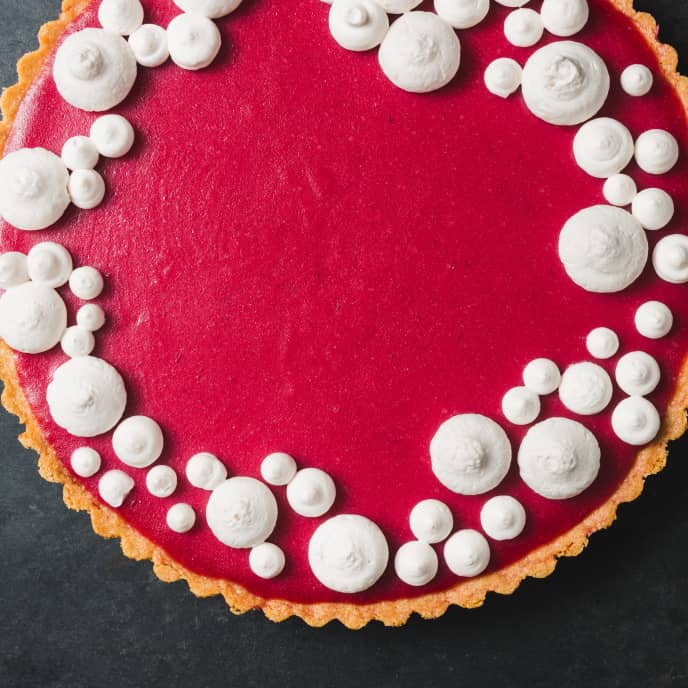


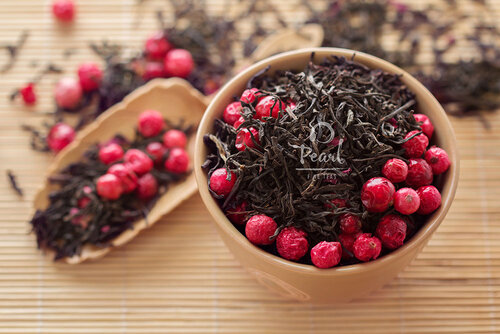


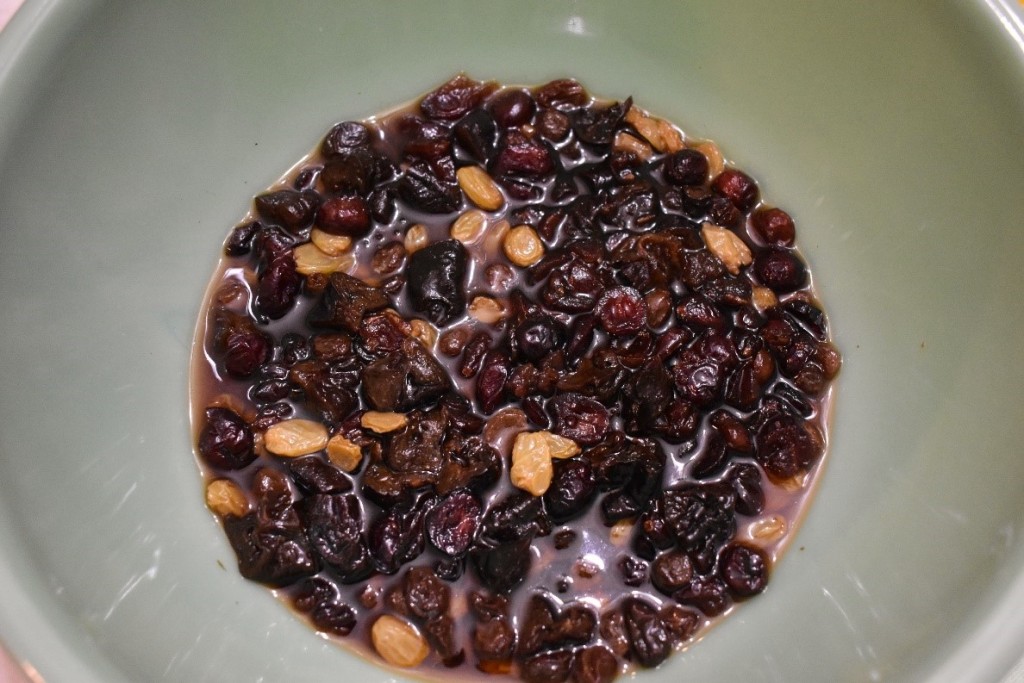
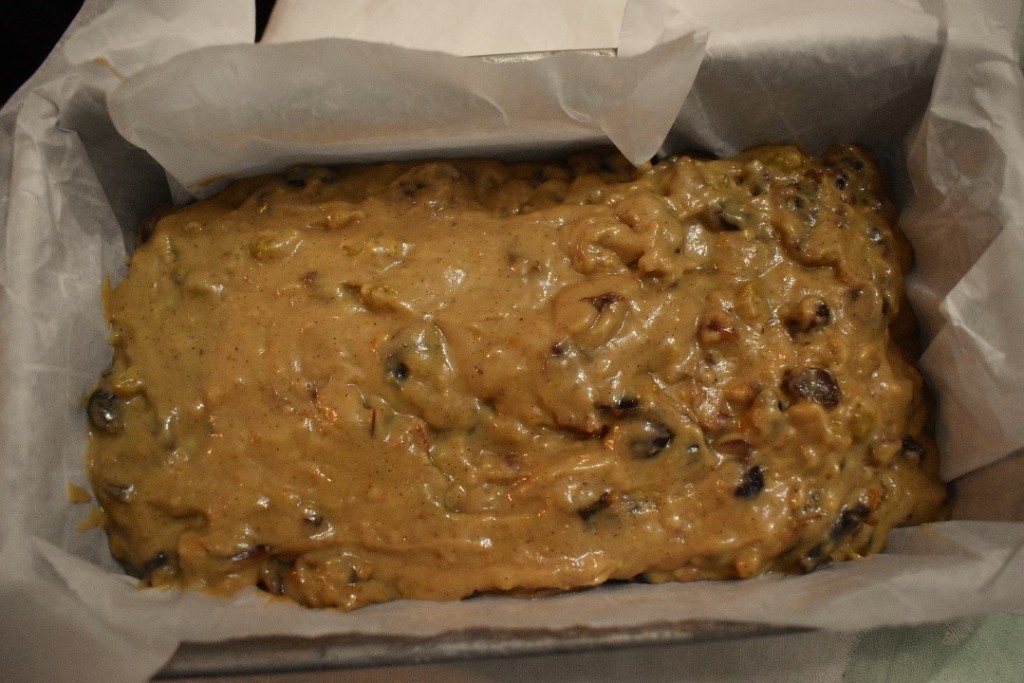




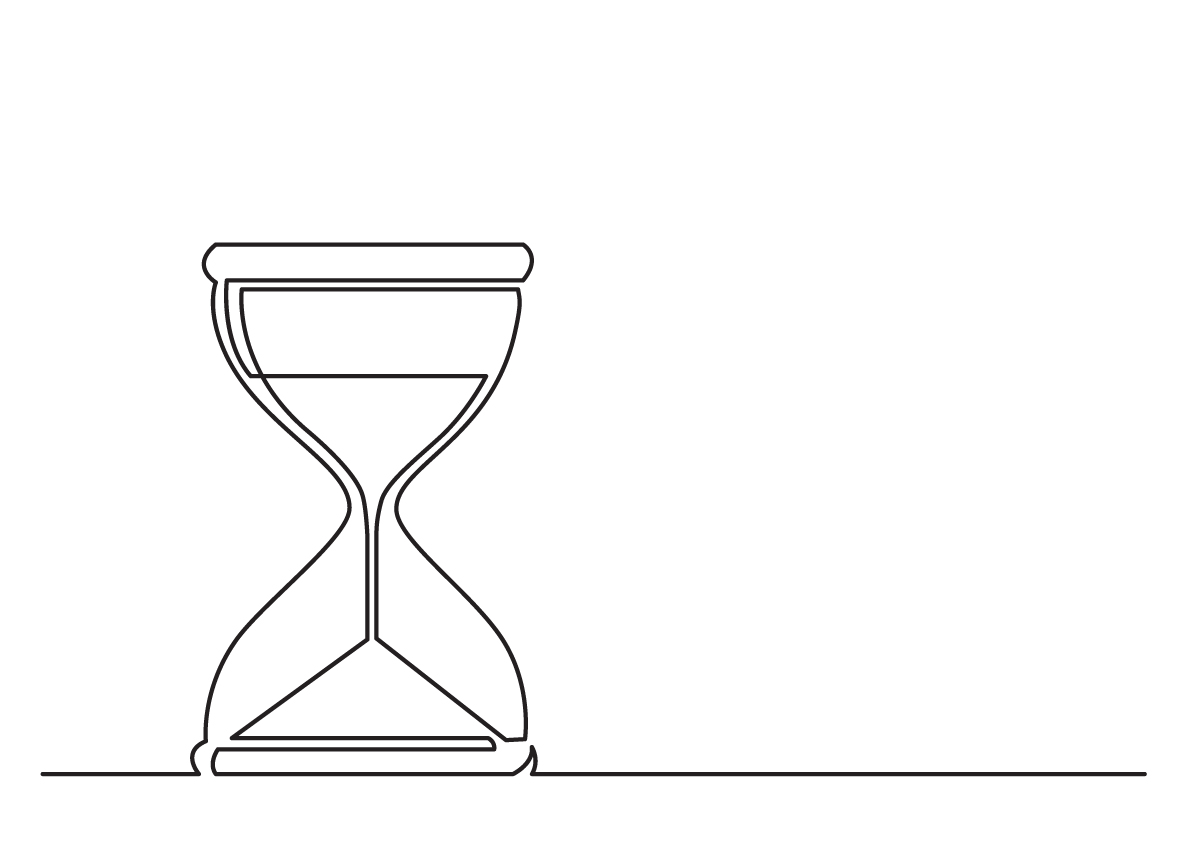
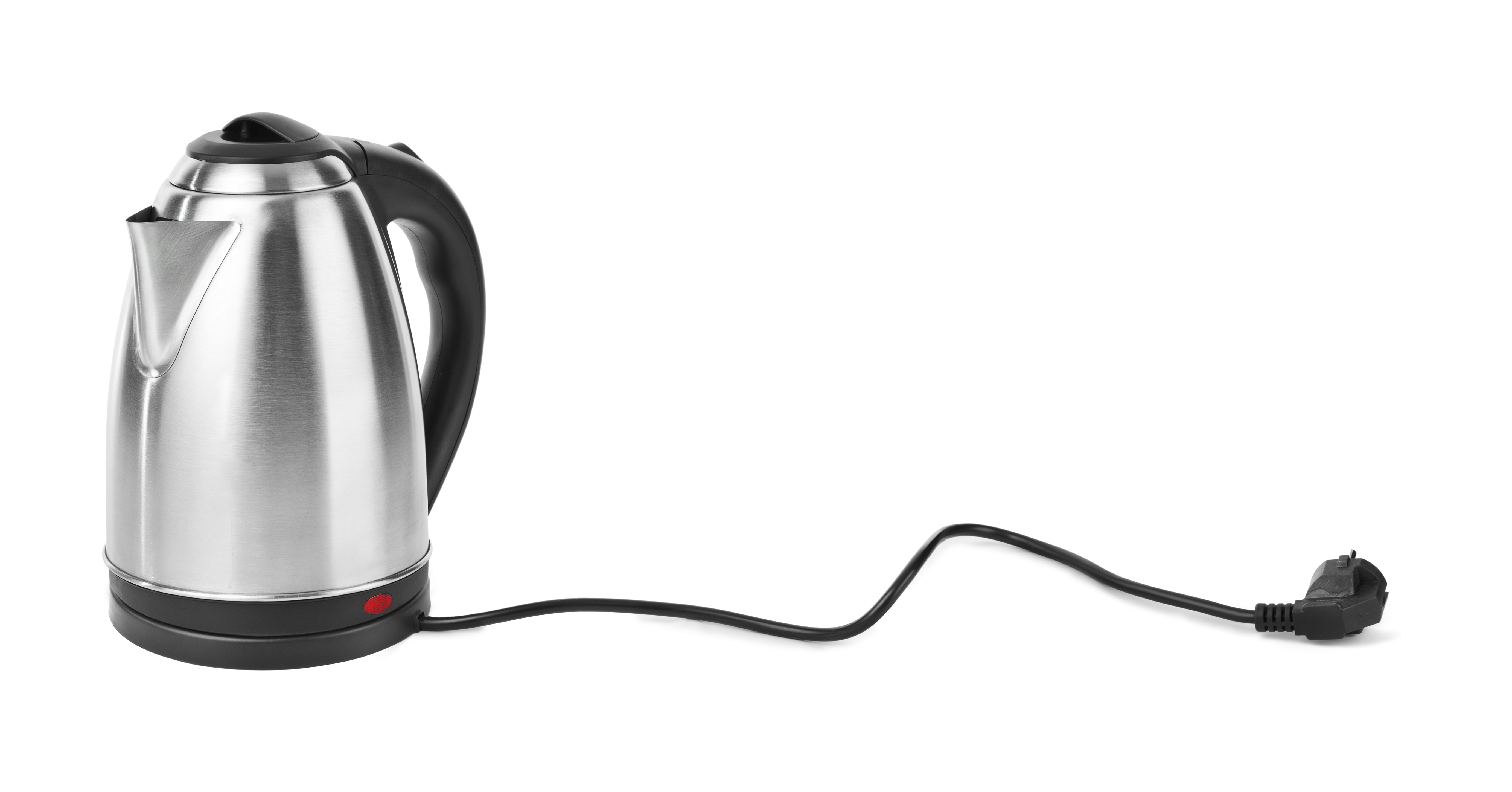
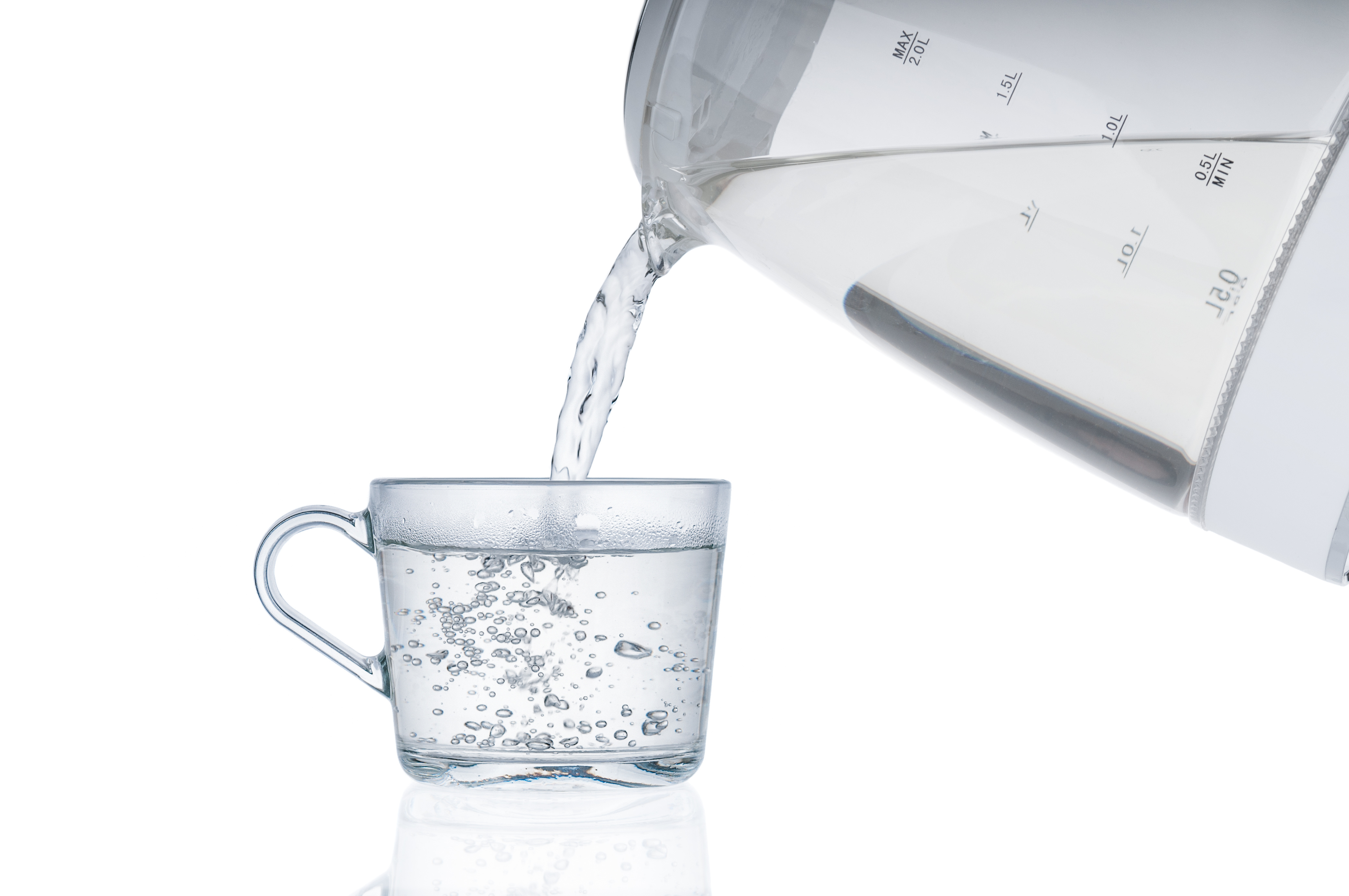
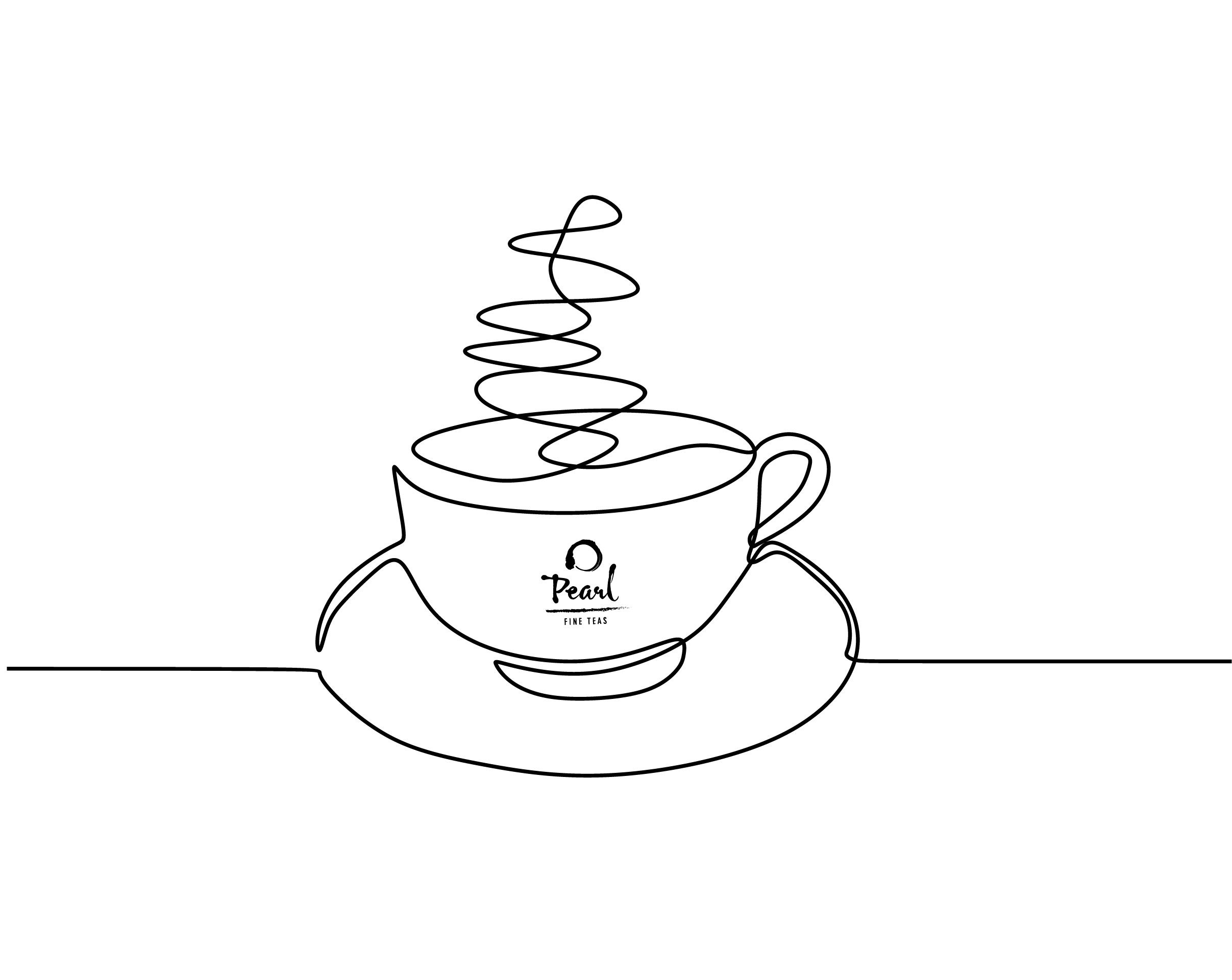
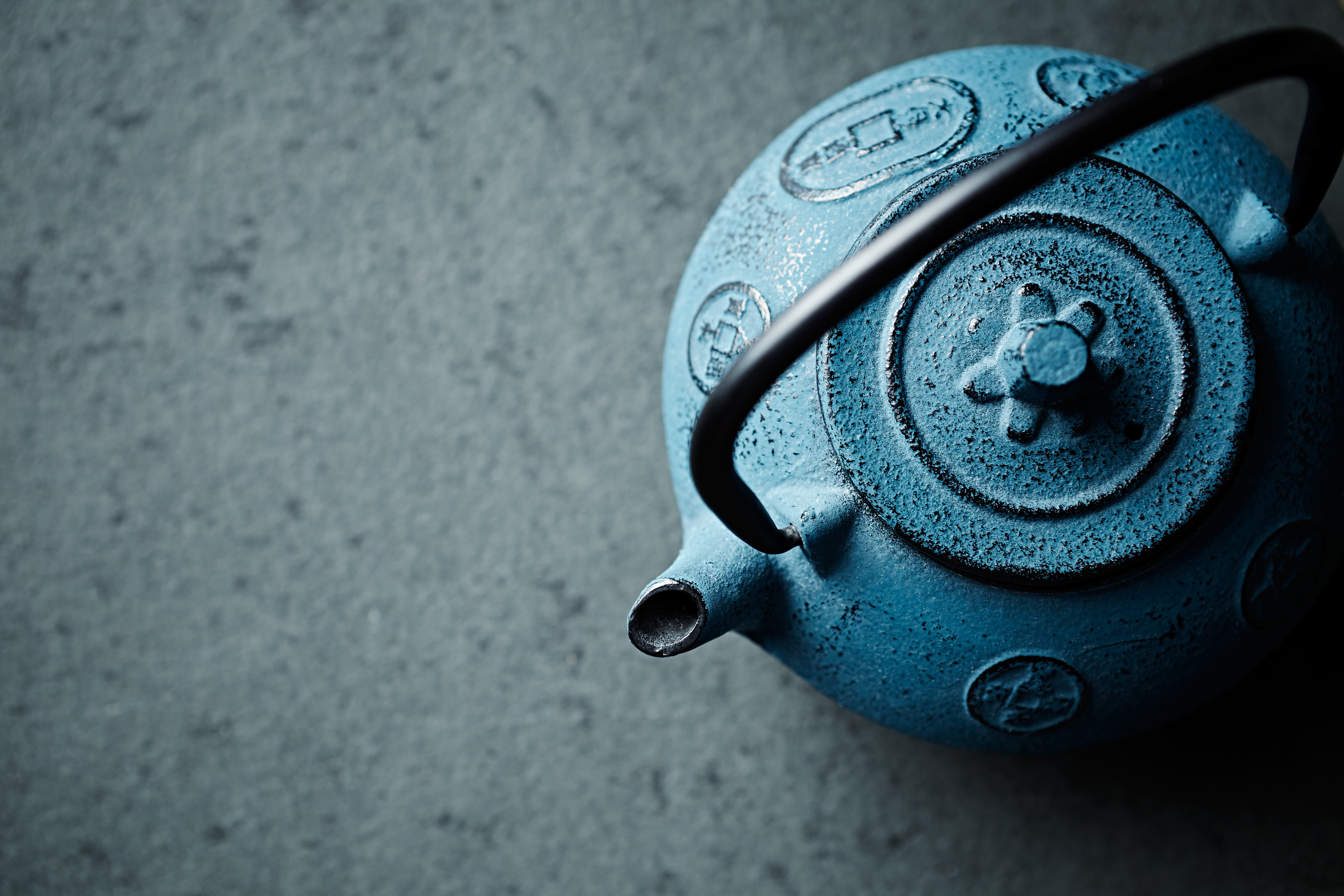
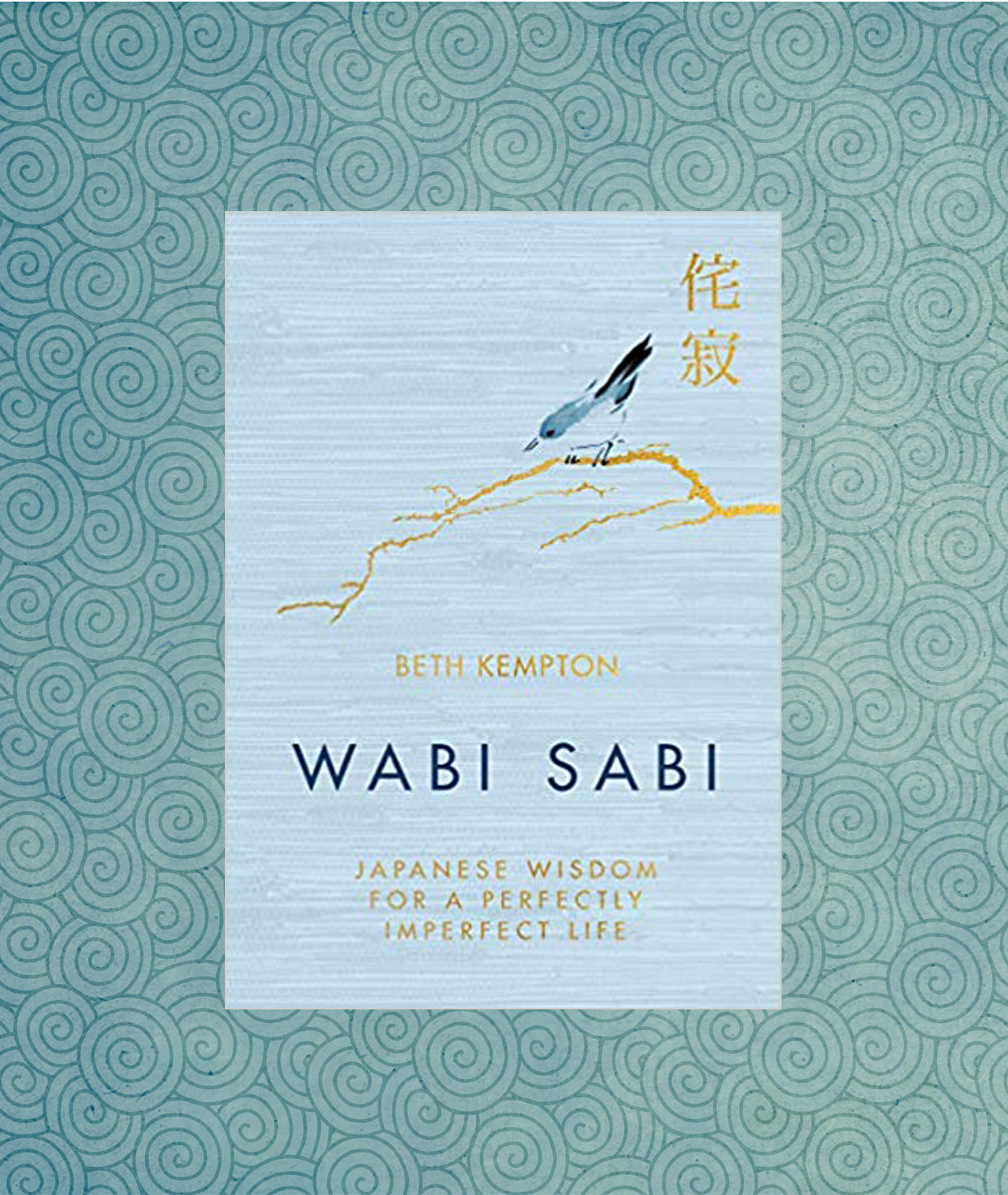 “Wabi Sabi is a whole new way of looking at the world – and your life – inspired by centuries-old Japanese wisdom. Wabi sabi (“wah-bi sah-bi”) is a captivating concept from Japanese aesthetics, which helps us to see beauty in imperfection, appreciate simplicity and accept the transient nature of all things. With roots in Zen and the Way of Tea, the timeless wisdom of wabi sabi is more relevant than ever for modern life, as we search for new ways to approach life’s challenges and seek meaning beyond materialism. From honouring the rhythm of the seasons to creating a welcoming home, from reframing failure to ageing with grace, Wabi Sabi will teach you find more joy and inspiration throughout your perfectly imperfect life.”
“Wabi Sabi is a whole new way of looking at the world – and your life – inspired by centuries-old Japanese wisdom. Wabi sabi (“wah-bi sah-bi”) is a captivating concept from Japanese aesthetics, which helps us to see beauty in imperfection, appreciate simplicity and accept the transient nature of all things. With roots in Zen and the Way of Tea, the timeless wisdom of wabi sabi is more relevant than ever for modern life, as we search for new ways to approach life’s challenges and seek meaning beyond materialism. From honouring the rhythm of the seasons to creating a welcoming home, from reframing failure to ageing with grace, Wabi Sabi will teach you find more joy and inspiration throughout your perfectly imperfect life.”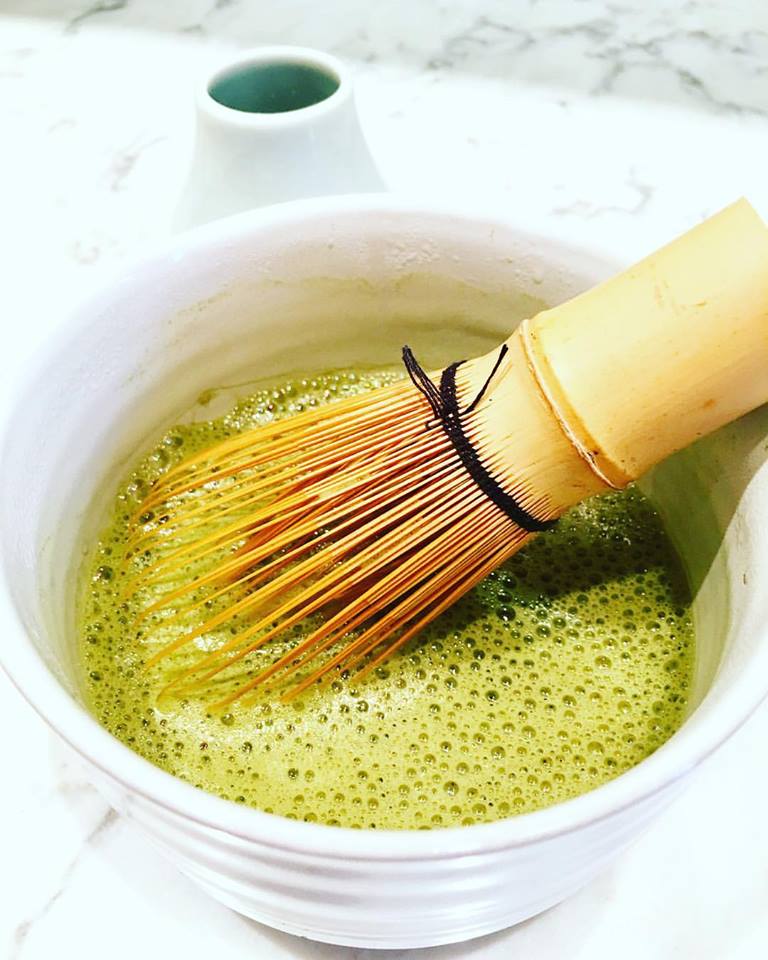 “The origins of matcha can be traced all the way back to the Tang Dynasty in China. … Eisai, a Japanese Buddhist Monk, spent the better part of his life studying Buddhism in China. In 1191, Eisai returned permanently to Japan, bringing with him tea seeds along with the Zen Buddhist methods of preparing powdered green tea.”
“The origins of matcha can be traced all the way back to the Tang Dynasty in China. … Eisai, a Japanese Buddhist Monk, spent the better part of his life studying Buddhism in China. In 1191, Eisai returned permanently to Japan, bringing with him tea seeds along with the Zen Buddhist methods of preparing powdered green tea.”
You must be logged in to post a comment.